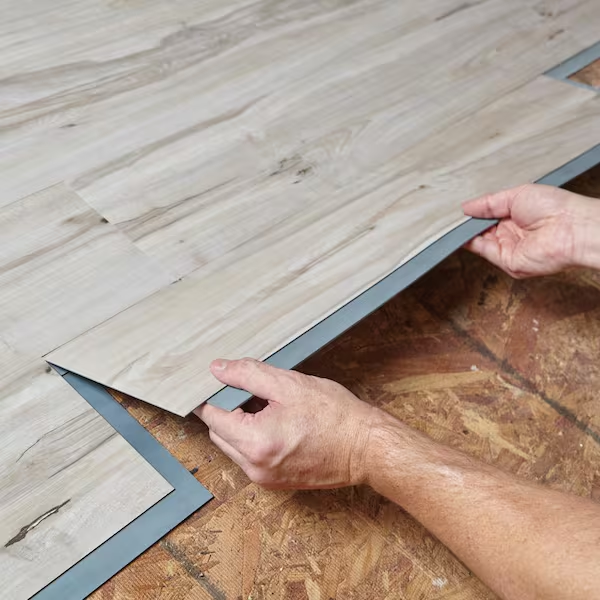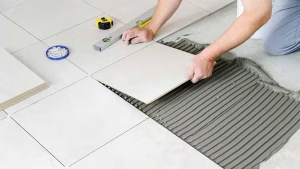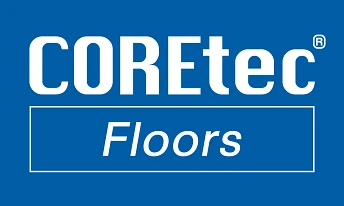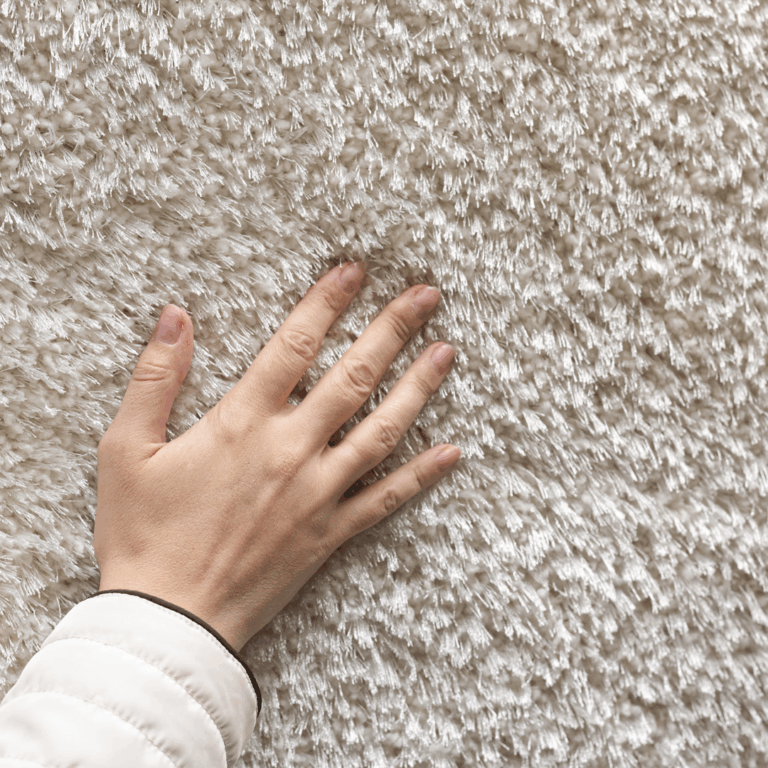
The 6 Carpet Flooring Trends for 2025
1. Luxury Vinyl Flooring
Luxury vinyl is in demand for its soft feel and elegant look. It fits perfectly in bedrooms and living areas.
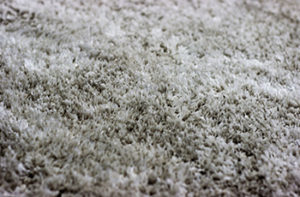
2. Tile Flooring with Nature-Inspired Tones
Earthy colors like sage green and terracotta are trending. These shades create a calm feel and pair well with natural materials.

3. Bold Tile Patterns
Bold patterns like geometric designs are popular. These tiles add personality and can be a room’s focal point.
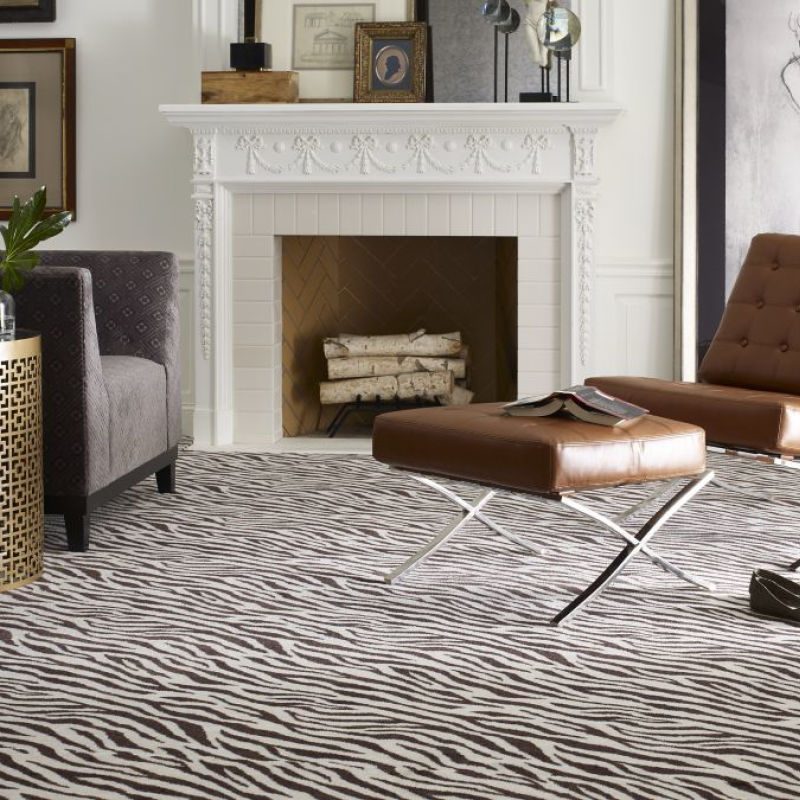
4. Durable Vinyl for Homes with Pets and Kids
Durable vinyl is great for homes with kids and pets. It is stain-resistant and easy to clean, keeping it looking good over time.

5. Eco-Friendly Flooring Options
Eco-conscious flooring made from recycled materials is popular. It’s stylish and comfortable, with a lower environmental impact.

6. Smooth Flooring Transitions
Consistent vinyl textures and colors help create a unified look throughout the home, enhancing the design flow.
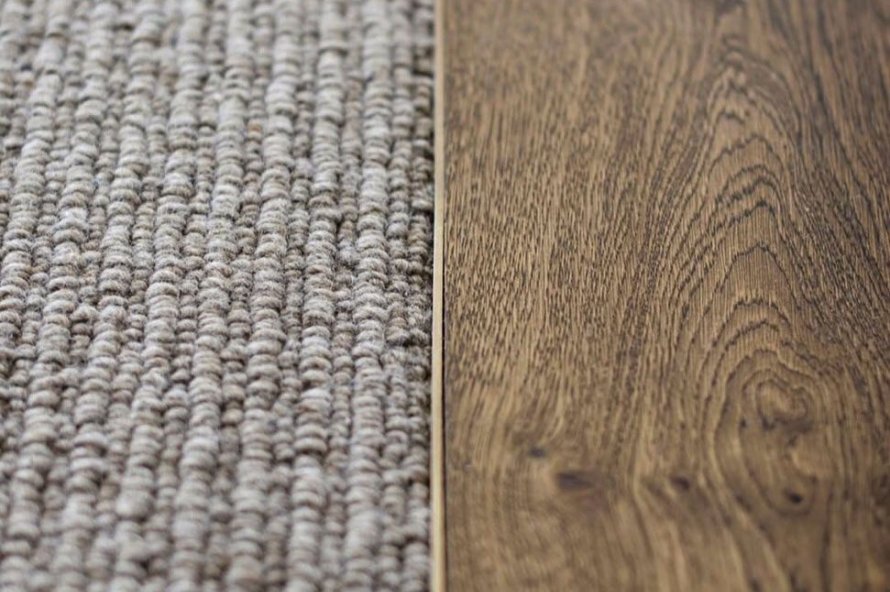
Carpet Fiber Types Explained (Pros & Cons)
Picking the best flooring is important, like choosing the right style or color. Each kind has its own benefits, like luxury, strength, or being stain-resistant. Here’s what to know about flooring options in 2025:
Luxury Vinyl
Luxury Vinyl is popular for its durability and versatility. It’s suitable for high-traffic areas like hallways and living rooms and handles stains well.
Tile
Tile is a great choice for its durability and variety of design options. It’s perfect for kitchens and bathrooms due to its water resistance.
Visit our showroom to explore various flooring options. Our experts are ready to help you make the best choice for your space.
Best Carpet Styles by Room
Choosing flooring for your home depends on the room’s use, amount of traffic, and design. Here’s how to pick the best flooring for comfort, durability, and look.
Bedrooms (Luxury and Comfort)
In the bedroom, comfort is key. Choose soft flooring that feels nice to walk on. Neutral or nature-inspired colors create a cozy and restful space.
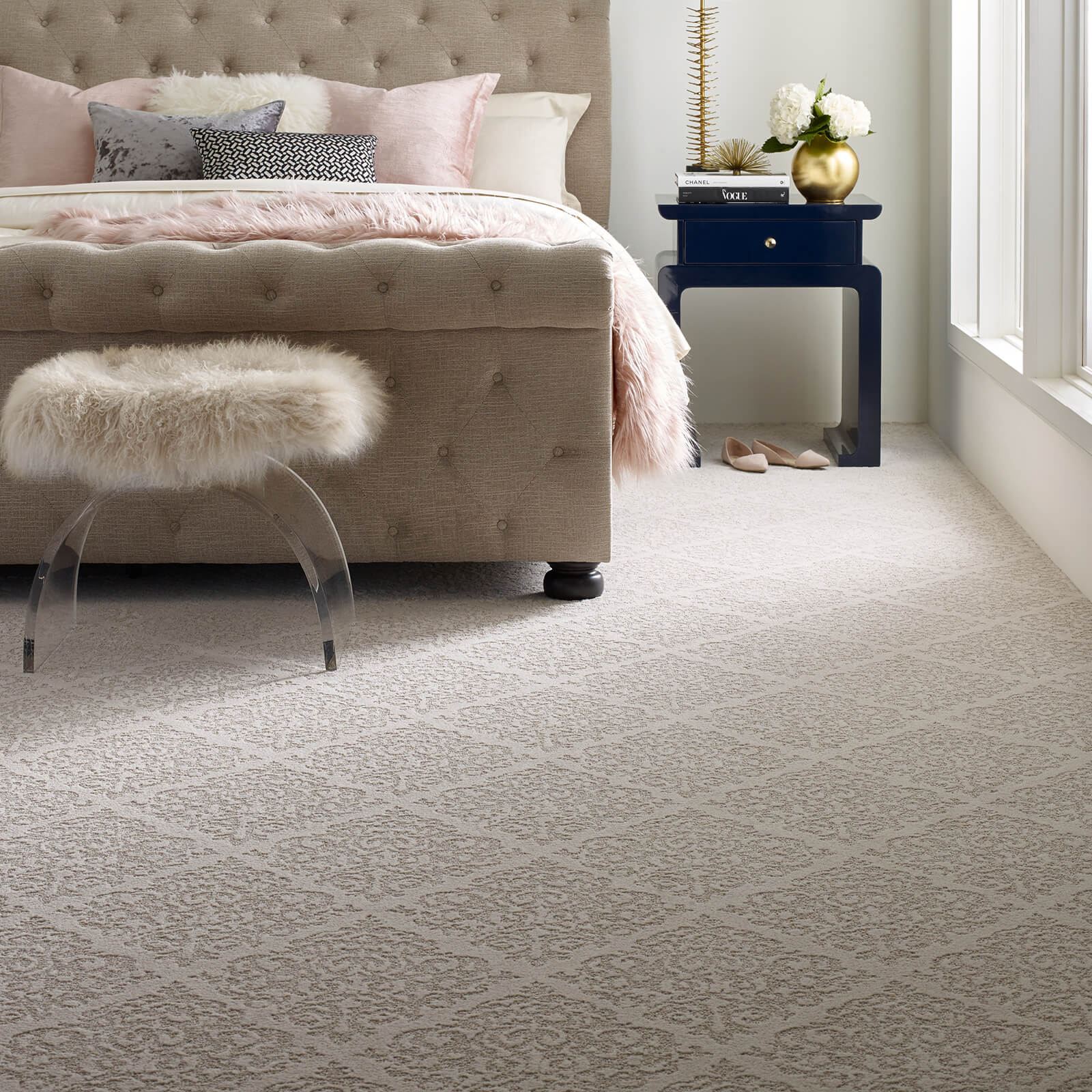
Living Rooms (Style + Durability)
Living rooms are busy areas, so select flooring that blends style with strength. Textured or patterned designs help hide wear. Consider styles that add dimension.
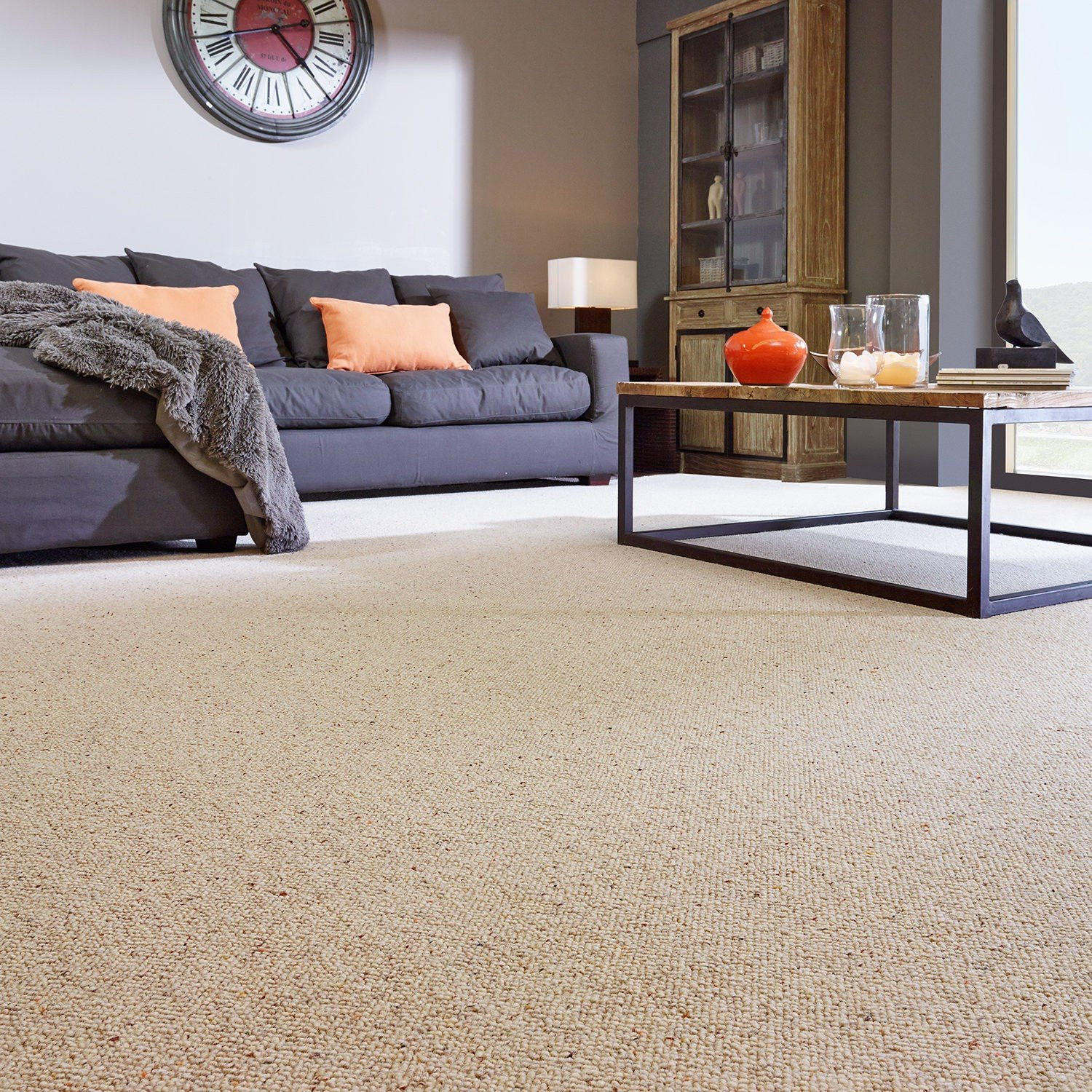
Home Offices (Sound Absorption)
Flooring in home offices helps absorb sound, making it quieter. Low-pile options reduce echoes and create a focused space. Subtle patterns or dark colors look professional and resist wear.

Stairs and Hallways (Low-Pile Options)
For stairs and hallways, choose durable and grippy flooring. Low-pile, looped styles like Berber offer traction and resist wear. Pick a color that hides dirt and stays clean. See our stairs options.
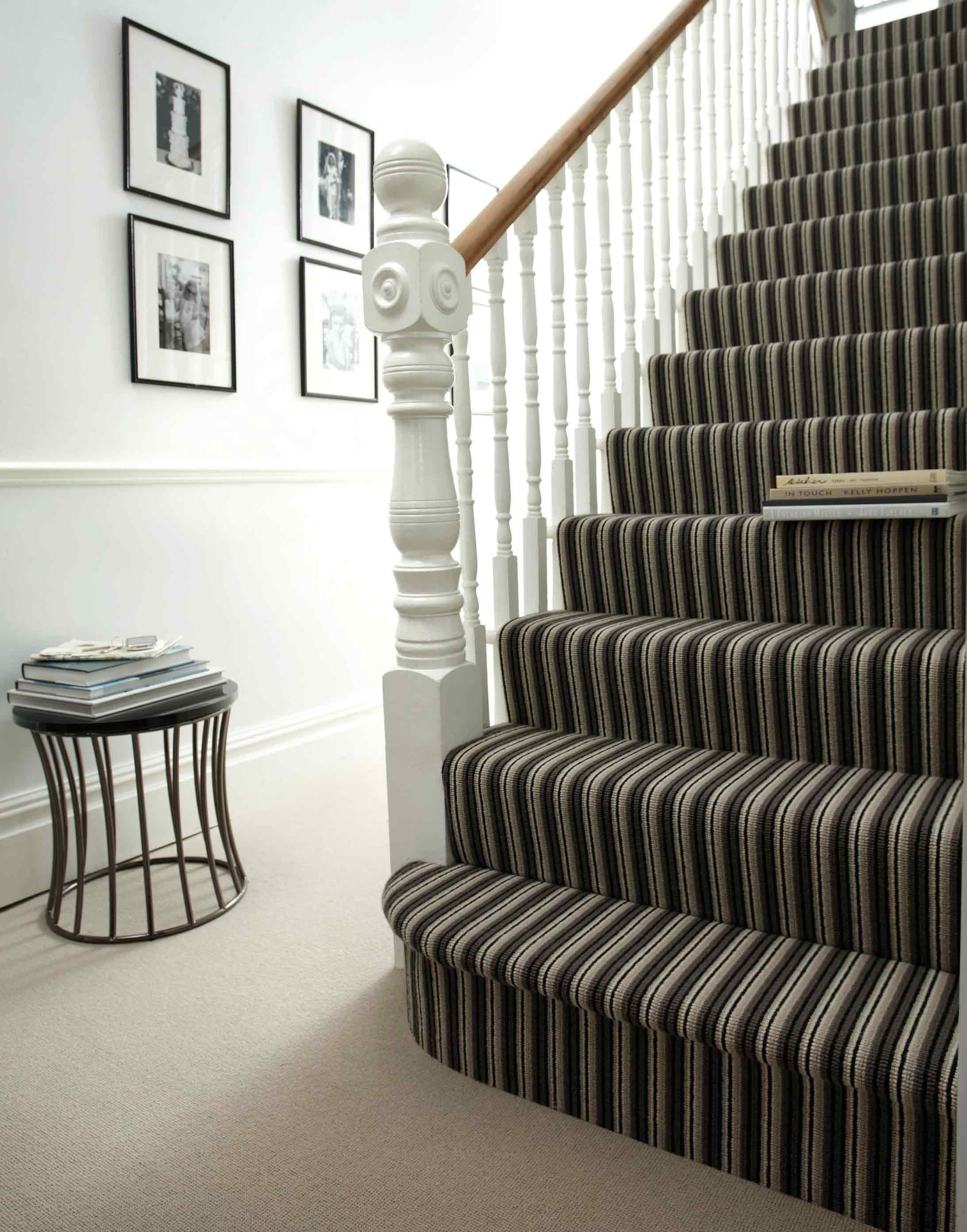
Rental Properties (Budget-Conscious Picks)
For rentals, choose affordable and easy-to-clean flooring. Neutral shades are cost-effective and look good. Stain-resistant finishes and carpet tiles are easy to replace.

Carpet Flooring Costs in 2025
When you buy carpet, think about more than the price of the roll. The type of fiber, pile height, padding, and how it’s installed all affect the total cost. Here’s what to plan for in 2025.
Material Costs by Fiber and Style
Carpet prices differ based on fiber, pile type, and features. Here’s a quick look at typical costs per square foot:
| Carpet Type | Avg. Material Cost (per sq ft) | Notes |
|---|---|---|
| Polyester | $1.50 – $4.00 | Budget-friendly, soft, stain-resistant |
| Nylon | $2.00 – $6.00 | Durable and resilient for high-traffic areas |
| Triexta | $3.00 – $6.00 | Kid- and pet-friendly, eco-conscious |
| Wool | $5.00 – $12.00 | Luxury natural fiber, long lifespan |
| Olefin (Polypropylene) | $1.00 – $3.00 | Best for low-traffic or moisture-prone areas |
Installation Costs per Square Foot
Professional carpet installation usually costs between $1.00 and $2.50 per square foot, based on complexity and room layout. Stairs and unique room shapes may cost more due to extra work.
Padding and Removal Costs
Padding: $0.50 – $1.00 per sq ft, based on density and material
Old Carpet Removal: $0.50 – $1.00 per sq ft
Furniture Moving (optional): May add $1.00 – $2.00 per sq ft based on service
Using good padding under your carpet can make it last longer and feel better — it’s worth the investment.
Value and Warranty Coverage
While polyester is cheap initially, it might not last as long as nylon or wool. Wool and quality synthetics often have 10–25 year warranties, whereas cheaper options may only cover 5–10 years. Always check warranty details for stain resistance and installation needs.
DIY Carpet Installation vs. Hiring a Pro
Doing flooring yourself can save money if you have the right tools and skills. But many people find that hiring a professional gives better results, fewer errors, and keeps the warranty safe. Think about this before starting your project.
👉 Need help getting started? Check out our full DIY Carpet Installation Guide for tools, prep tips, and step-by-step instructions.
Different Installation Methods
Most home floors use tack strips around the room edge. This helps stretch the floor covering for a neat fit. It’s best for soft, cozy setups at home.
Glue-down installation sticks the floor covering directly to the base. It’s common in busy places and rentals, good for strong, low-pile floors, but harder for DIY projects.
Tools, Skill Level, and Preparation Needed
DIY flooring needs more than just laying it down. You’ll need tools like a knee kicker, carpet stretcher, utility knife, and seam roller. Prepping the subfloor—cleaning, leveling, and padding—is key to avoid uneven wear.
Skill-wise, cutting seams right and stretching the floor covering without bumps takes practice. It’s doable for a handy person in a simple room, but complex spaces often need a pro.
Common DIY Mistakes and Fixes
Here are some common DIY flooring mistakes:
Not stretching the floor properly, leading to wrinkles or early wear
Cutting too short around edges, causing gaps
Skipping underlayment or using the wrong padding, reducing comfort and lifespan
Poor seam alignment, making transitions look bad
If you’re unsure, hiring a certified installer can save time, stress, and keep your warranty safe.
Top Considerations Before Choosing Carpet Flooring
Choosing flooring involves more than just picking a color or texture. Consider important factors before selecting any option.
Comfort and Insulation Benefits
Flooring can add comfort and warmth underfoot, making it ideal for bedrooms and living rooms. It also helps reduce noise, which is great for multi-level homes.
Stain Resistance and Family-Friendliness
For busy homes, stain-resistant flooring is essential. Materials with stain blockers make cleaning easier and protect against spills and messes.
Allergens and Indoor Air Quality
Modern flooring options often include hypoallergenic materials. Pair with a good vacuum and regular cleaning for a healthier indoor space.
Durability and Foot Traffic Suitability
Choose flooring that matches your room’s activity level. Some styles handle wear better in busy areas, while others fit low-traffic spaces.
Design Cohesion with Furniture and Wall Colors
Flooring impacts a room’s look. Consider how it matches your furniture and wall colors. Neutral shades are versatile, while bold patterns can make a statement.


